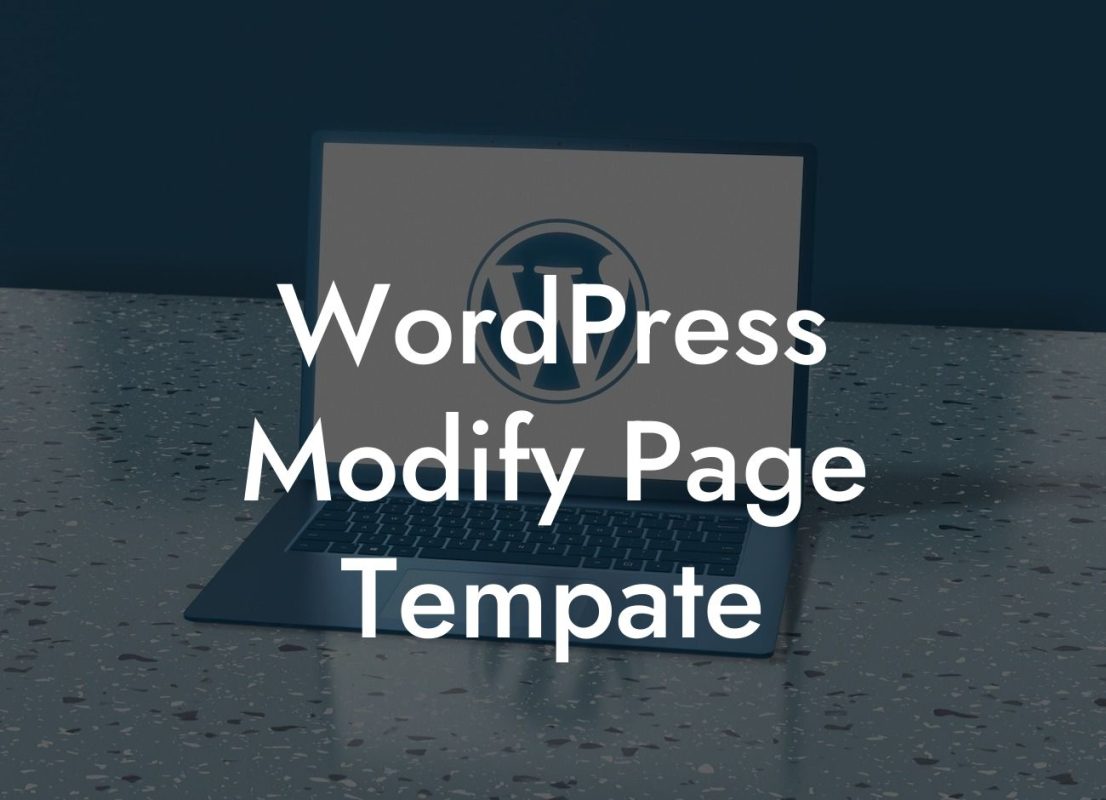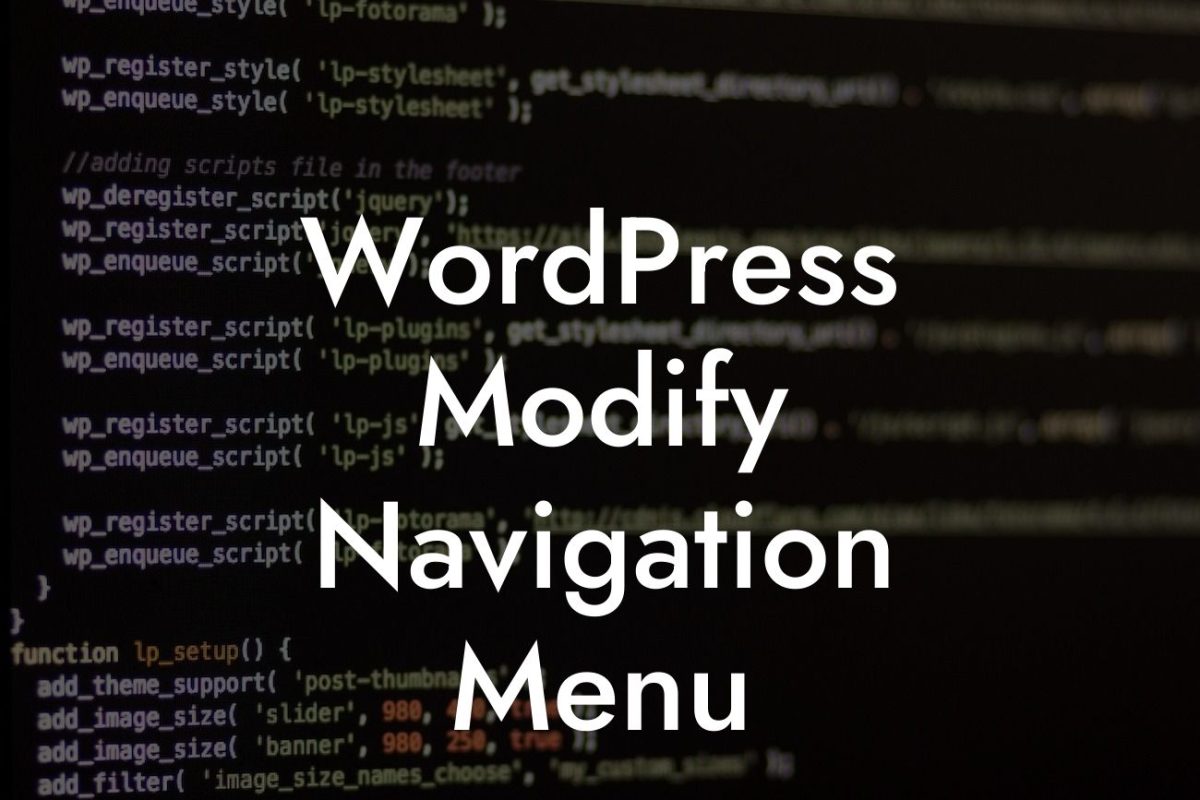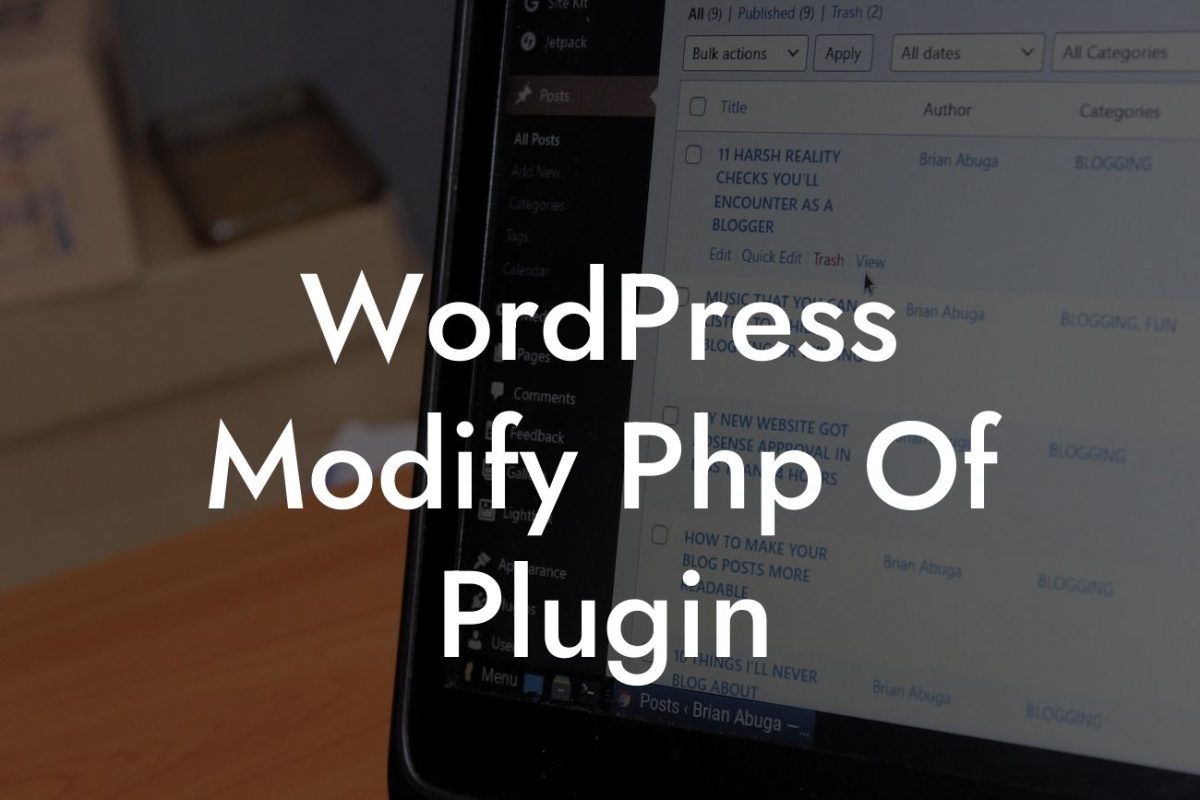Are you tired of dealing with the frustrating limit on file size when uploading content to your WordPress website? Look no further! In this blog post, we will guide you through the process of changing the maximum upload size in WordPress, allowing you to seamlessly upload larger files and enhance your website's capabilities. Say goodbye to limitations and hello to limitless possibilities!
Changing the maximum upload size in WordPress may seem like a daunting task, but fear not. We have simplified the process into easy-to-follow steps that anyone, regardless of their technical expertise, can implement. Let's dive in:
1. Locate the php.ini File:
To begin, you need to locate the php.ini file on your server. This file contains important settings for PHP, the programming language that powers WordPress. Connect to your server using an FTP client or access the file manager in your hosting control panel. Look for the php.ini file in the root directory of your WordPress installation.
2. Increase the Upload Max Filesize:
Looking For a Custom QuickBook Integration?
Once you've located the php.ini file, open it using a text editor. Look for the line that says "upload_max_filesize" and modify its value. By default, the value is set to a relatively small size like 2M, indicating a maximum upload size of 2 megabytes. Increase this value to your desired limit, for example, 10M for 10 megabytes. Save the changes to the php.ini file.
3. Modify the Post Max Size:
In addition to the upload_max_filesize, you also need to modify the post_max_size value in the php.ini file. This value determines the maximum size allowed for the entire post body, which includes both uploaded files and other form data. Ensure that the post_max_size is set to a value higher than the upload_max_filesize. Save the changes to the php.ini file.
4. Restart Your Web Server:
After making the necessary changes to the php.ini file, you need to restart your web server for the modifications to take effect. This can be done through your hosting control panel or by contacting your hosting provider for assistance. Once the server is restarted, you can proceed to test the new maximum upload size.
How To Change Max Upload Size In Wordpress Example:
Suppose you run a photography blog, and you want to showcase high-resolution images to your audience. However, the default upload size limitation is preventing you from sharing these stunning visuals. By changing the maximum upload size in WordPress to, let's say, 20M, you can effortlessly upload and display your remarkable photographs, captivating your visitors and adding an extra touch of professionalism to your website.
Congratulations! You have successfully learned how to change the maximum upload size in WordPress. You are now equipped with the knowledge to elevate your website and take it to new heights. Don't stop here – explore other insightful guides on DamnWoo to further enhance your online presence. And remember, if you want to experience seamless file uploads and unlock even more features, try one of our awesome DamnWoo WordPress plugins. Share this blog post with your friends and fellow entrepreneurs to spread the word about this valuable resource!













